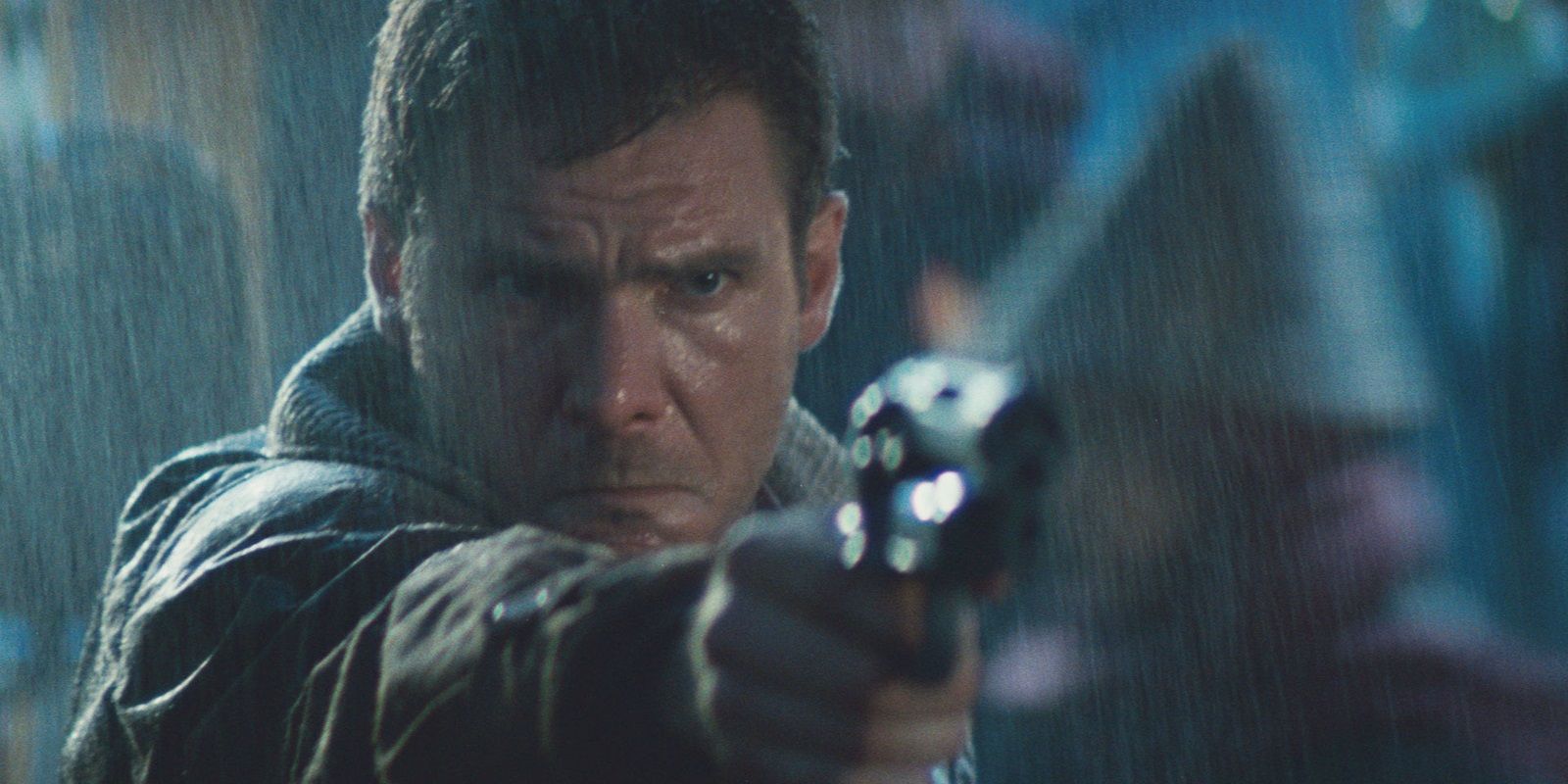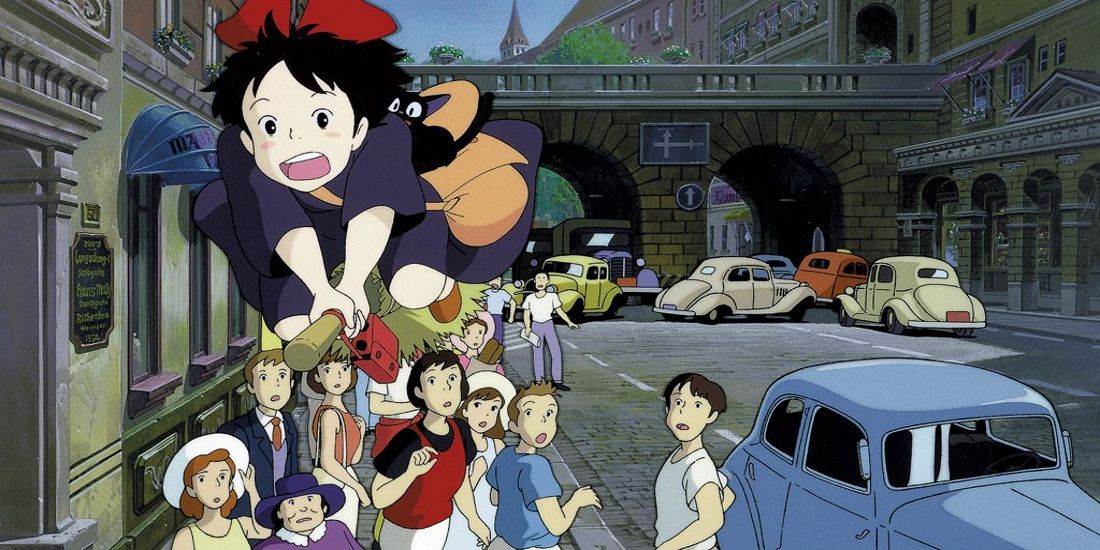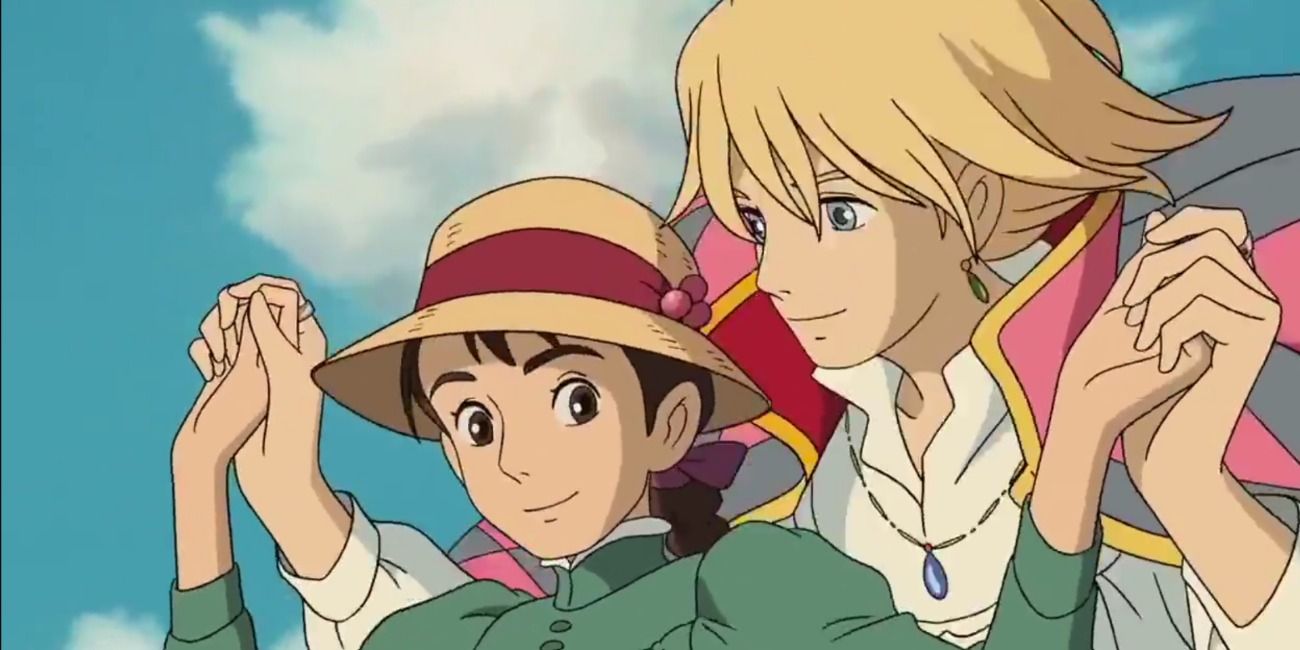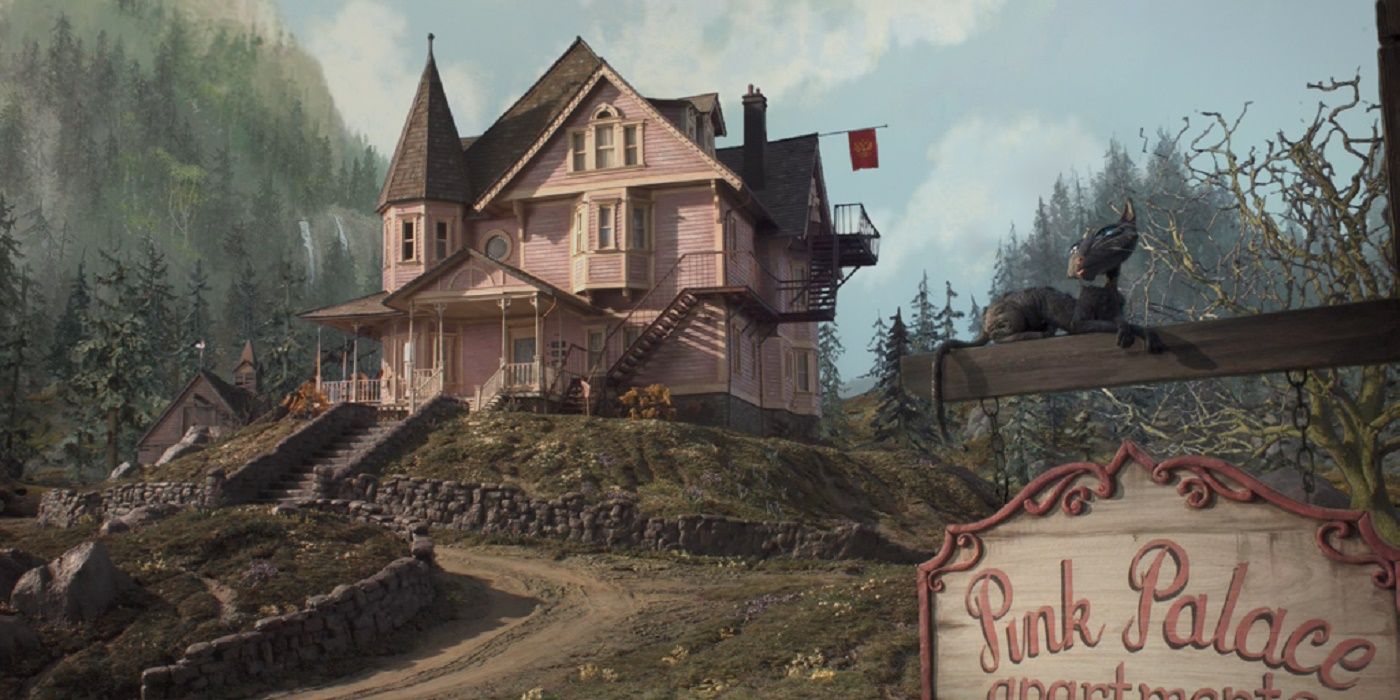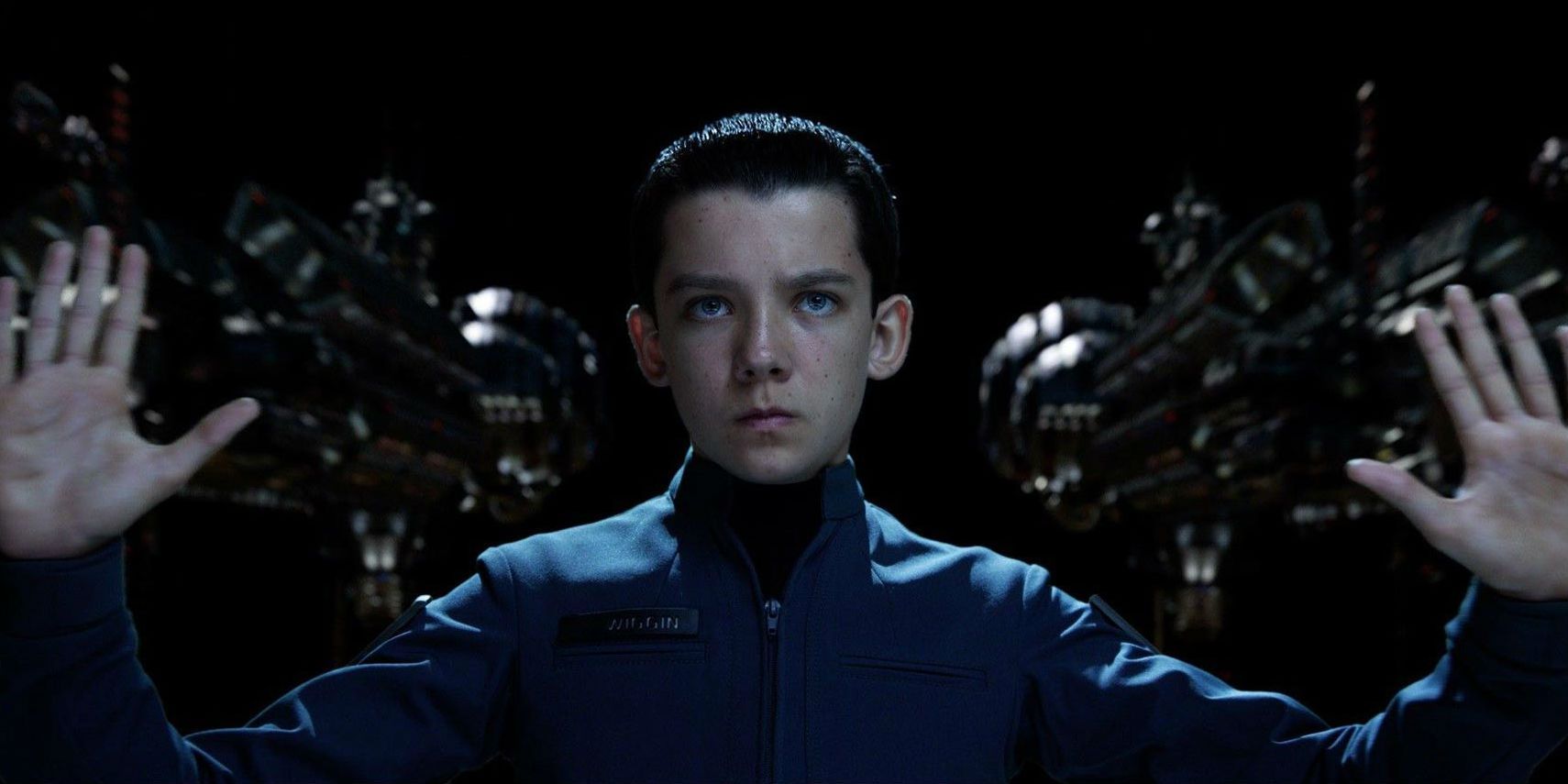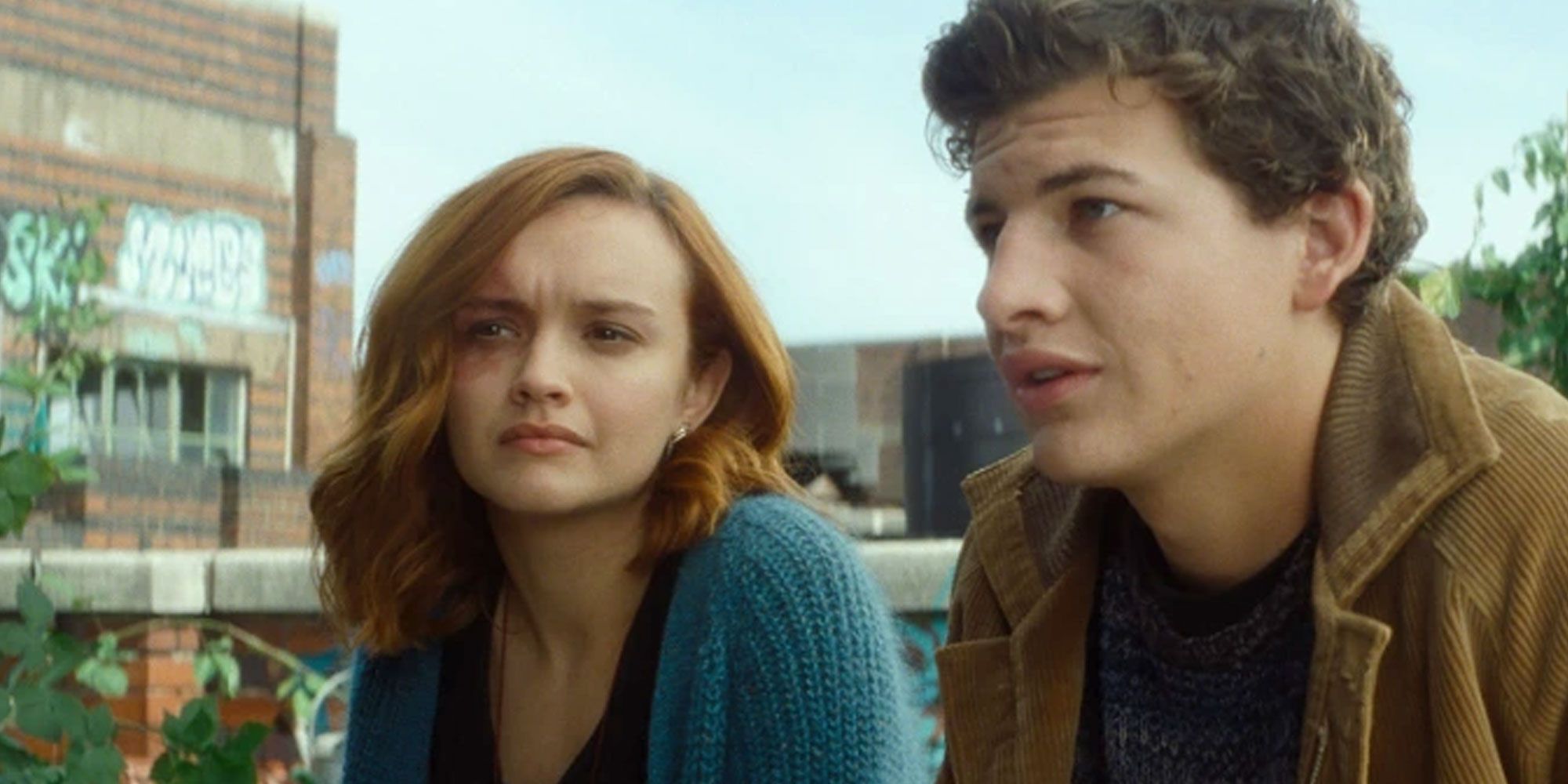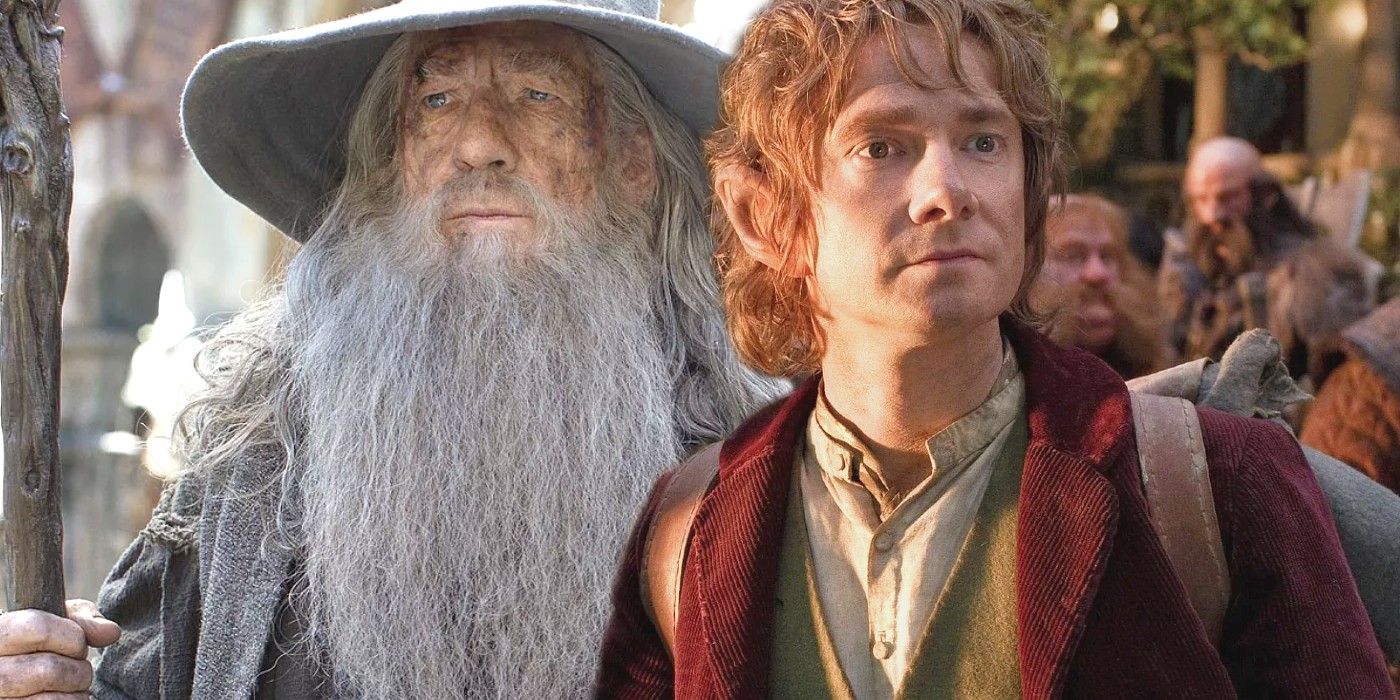The recent success of the Rings of Power series has once again demonstrated the public interest in fantasy adaptations, with the meticulous lore outlined in J.R.R. Tolkien's books providing the perfect foundation for a great story. Of course, with the success of the Lord of the Rings movie adaptations, it could be expected that the Prime Video series would at least gain fan attention, especially with the intrigue of a new medium. Ultimately, it's easy to conclude that a novel with a strong fanbase will produce a well-adored screen adaptation.
But over the years, book fans have learned that a movie adaptation does not guarantee the same story told on screen. Several changes are often needed to shorten a tale to a couple of hours or to fit within the confines of what can be duplicated with movie magic. Other times, screenwriters decide to use a book as vague inspiration for a creation all their own. This has resulted in a great many book-to-movie adaptations that Redditors have claimed are absolutely nothing like the books they love.
Jurassic Park (1993)
Released in 1993, Jurassic Park paved the way for an entire beloved franchise, which includes the recent Jurrasic World movies. The title has become so mainstream that many fans might not even realize that it was initially based on the 1990 novel of the same name, written by author Michael Crichton.
In comparison, Redditor Reshutenit states that the two stories differ significantly. "In the book, Hammond is a 1-dimensional villain," they said, explaining that the sympathetic man from the film was completely original. As well as other completely different characters, far more people die in the book, ultimately leading to a much less happy ending.
How To Train Your Dragon (2010)
When comparing the popular How to Train Your Dragon movie from DreamWorks to the 2003 novel by Cressida Cowell, Redditor Dpdevlin shared that they were not sure they "would even consider them the same story."
In the book, the premise that the Vikings are at war with the dragons is non-existent. Instead, the people of Berk must train a dragon when they come of age or face banishment. What made Hiccup special was that he learned to speak the dragon language and form a unique connection with his dragon, Toothless, who was so small, he rode on the boy's shoulder.
Blade Runner (1982)
Harrison Ford already had many iconic roles and quotes when he played Rick Deckard in Blade Runner, which assisted in making the 1982 film an instant classic. So great was its success that avid fans decided to read the novel it was based on, Do Androids Deam of Electric Sheep (1968), by Philip K. Dick.
However, movie fans might have closed the book feeling a little confused. The pages contain no talk of "blade runners" or "replicants." Instead, these were simply called "bounty hunters" and "androids," respectively. Redditor Cynth81 noted that the two forms were not only completely different but that Dick's "brilliant concepts fell short in execution" in the books, and the movies greatly expanded on the basic story.
Stardust (2007)
The 2007 film Stardust was a charming fairytale based on the 1999 novel by famed fantasy author Neil Gaiman. It was romantic and utterly magical, perfectly matching Gaiman's themes. But from there, the similarities begin to divert.
Redditor Nineteen_adze stated that the book is a "poetic and bittersweet fairytale," while the movie is a "fun adventure," going on to say that it is hard to think of them as the same story. Even the hero's name was changed from "Tristran" to "Tristan," and the book ending saw the lovers separated by their differences in mortality rather than living happily ever after in the stars.
Kiki's Delivery Service (1990)
Kiki's Delivery Service is the film that solidified Studio Ghibli and the work of Hayao Miyazaki in the hearts of many fans. It is a charming coming-of-age story with the perfect sprinkle of magic— fantastical but still relatable.
While the 1985 Japanese novel by author Eiko Kadono was similar in theme, the story could not have been more different. While Miyazaki is known to take only subtle inspiration from novels in his movies, Redditor PretzilBoy felt that he "took too many creative liberties" with Kiki. The plot's central conflict, Kiki's loss of confidence and, by extension, powers, never happened in the book, which was mostly a collection of minor Anne of Green Gables-like conflicts.
Howl's Moving Castle (2004)
Another masterpiece from Studio Ghibli, Howl's Movie Castle, was dripping with magic and romance, with a perfectly subtle touch of comedy. Like many of Miyazaki's movies, it is based on a novel, which was written by English author Diana Wynne Jones (1986).
Being a couple of decades old by the release of the movie, many fans had never heard of the novel before seeing the film and wanted to check it out. When they did, like Redditor Lol8lo, they were surprised to find that it is "very different from the movie." In the novel, Sophie discovers she is a witch, and the main antagonist is the Witch of the Waste's fire demon. At one point, Sophie also travels with Howl to "our" world, where she experiences cars and computer games — certainly not something that could be adapted to the Howl's Moving Castle movie.
Coraline (2009)
When asked what movie adaptation was nothing like its book, Redditor SFFThomas answered, "Coraline for sure." The novel of the same name written by Gaiman contained a dark fantasy story perfect for highly-rated claymation director Henry Selick, but he still saw fit to make some significant changes.
Gaiman's story was much shorter and simpler. In it, Coraline is a clever and polite girl who never falls for the fake world, which is much less full of fantastical pleasures. She immediately distrusts the Beldam, or Other Mother, and works independently (her bothersome friend Wybie was non-existent) to take her down with her unending wit.
Ender's Game (2013)
After decades of talk about a film adaptation of Ender's Game the 1985 novel by Orson Scott Card, it finally happened in 2013. The project was challenging since much of the novel's story is told through protagonist Ender's inner dialogue, which is difficult to translate to the screen.
This meant greatly simplifying the plot, which naturally resulted in a significantly different film, which Redditor TheSammySpuds called the "most rushed piece of cinema" they had experienced. In it, Ender is much older than how he starts in the book (only six years old), and the situations in which he kills other children and is terribly manipulated by the Acadamy are removed, resulting in a vastly different story and theme.
Ready Player One (2018)
After reading Ernest Cline's novel, Ready Player One, fans were eager to see it adapted to a screen. The combination of '80s pop culture, fandom name-dropping, and exciting video game-like puzzles was the perfect recipe for a great movie.
However, Redditors like KeriEatsSouls noticed that the film not only lost significant chunks of plot in the adaptation but all "the heart" of the book. Ultimately, each puzzle that protagonist Wade Watts had to solve was changed entirely. In the book, Ogden Morrow was never "The Curator"; he was just a kind man the crew discovered spying on them, and Art3mis was a badass action woman who required no help from anyone, unlike her Ready Player One film counterpart. Additionally, Wade never even sees Art3mis in person until he wins the contest, just before the book's ending.
The Hobbit Trilogy (2012-2014)
As the prequel for the Lord of the Rings series, The Hobbit was an obvious choice for a film adaptation after the success of Peter Jackson's previous Middle-earth film trilogy. However, Tolkien's 1937 novel was short and sweet in both length and themes compared to the Lord of the Rings books. Still, Jackson decided to make the book into three movies, hoping to replicate his LotR success.
Of course, this meant adding several details to the story that Redditor Corscaa called "such a waste of time and just bloat." The book never discussed characters like Legolas or Tauriel, let alone included them in a love triangle with the dwarf Kili. In addition, Azog the Defiler was an entirely minor role in the book, as opposed to the central antagonist he was in the movies.

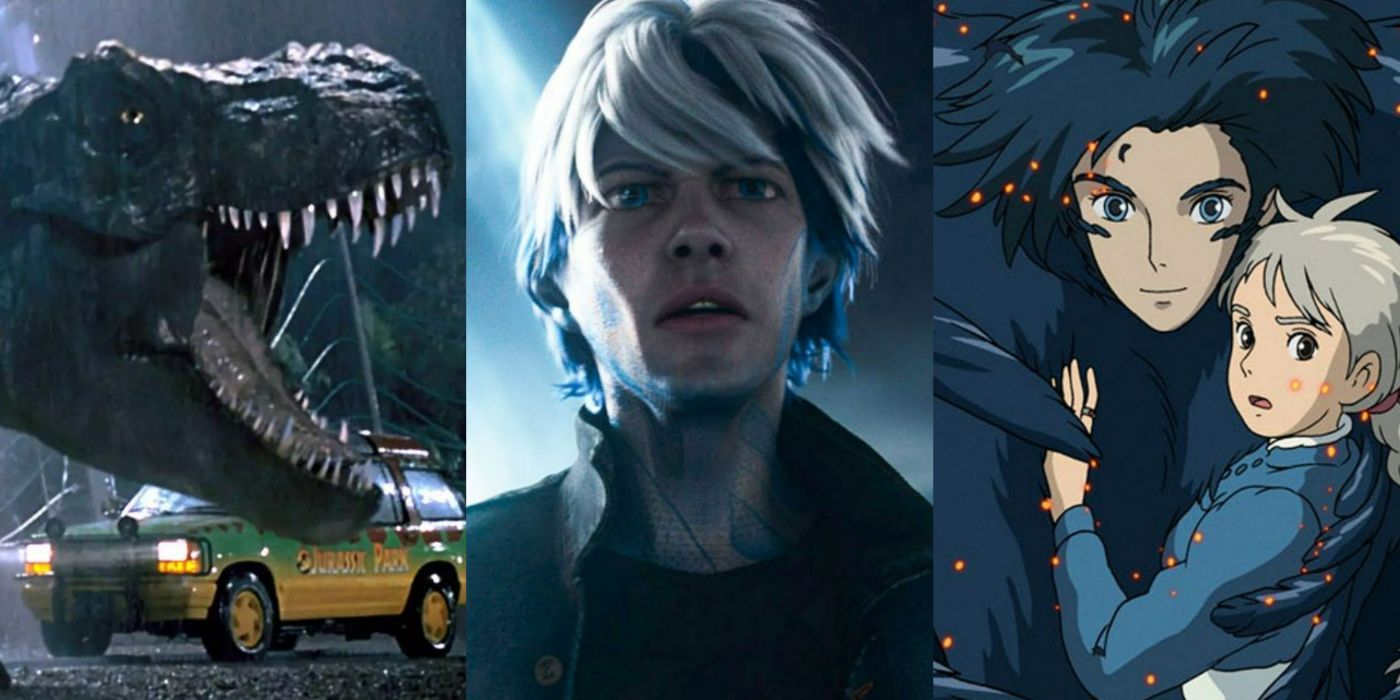
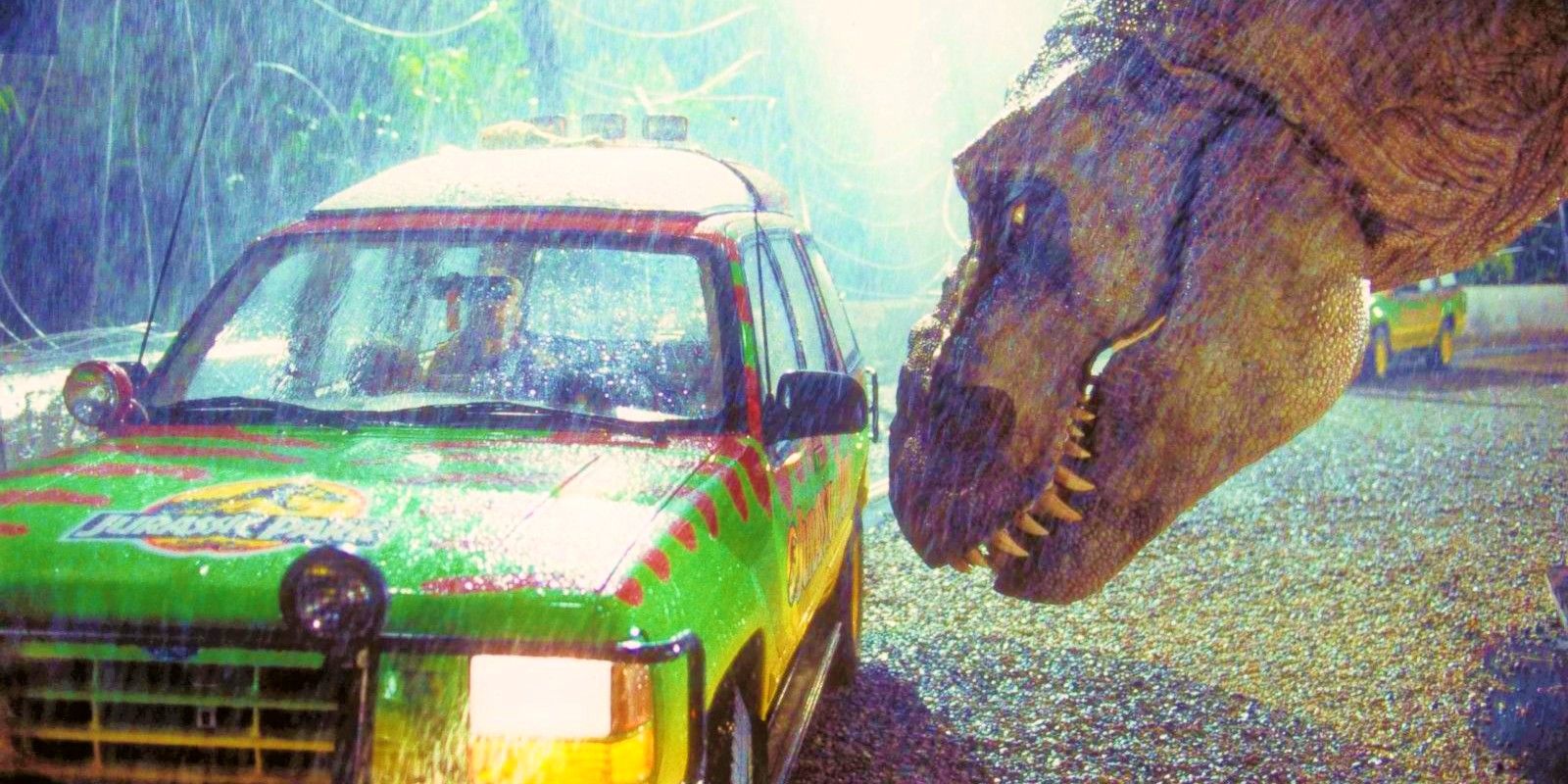
.jpg)
